Artist Aideen Barry explores the role of visual culture within her curatorship of the 2022 edition of the RDS Visual Art Awards, which opens to the public on Friday 21st October.
In medieval times, faithful believers would embark on arduous journeys to pilgrimage sites to see sacred relics. Carried close to their hearts were small black looking glasses, or 'gapers’: reflective surfaces, early mirrors. The pilgrim would wait at the holy site for the relic to be revealed - a segment of the true cross, a martyr’s mummified finger, a piece of cloth worn by a saint - momentarily shown to the adoring crowd of wayfarers. The pilgrim would quickly try to capture the very reflection of that relic in the glass, for a moment the object doubled, a world captured in a lens. Quickly covering the glass up, the devotee would then begin the long journey home safely carrying the mirror and upon arrival in his or her hometown would gift the glass to a local church, well, or site of communal prayer as a votive. It was believed that the power of the original relic was transferred in a way to the reflective object, which now also held the possibility or promise of healing or reckoning. Often seen as a cure for plague or blight, it became a sacred sovereign or offering to rid a community of its ails.

The RDS Art Visual Art Awards exhibition presents a contemporary manifestation of such an ex-voto offering. Our pilgrims have come from the four corners of the country, and indeed beyond. They reflect back at us the concerns and vexations of our world - a world becoming more uncertain by the day. The works presented reflect an uneasy and complex humanity with apocalyptic themes of loss of habitats and systems of knowledge, struggling for identity, and navigating the world in a time of plague, war and inequality. This generation of artists is bearing honest witness to a world upended and reconsidered and I in my role of this years curator am amplifying these individual practice in a highly considered exhibition of multimedia installations, intimate encounters and moments of mirage.
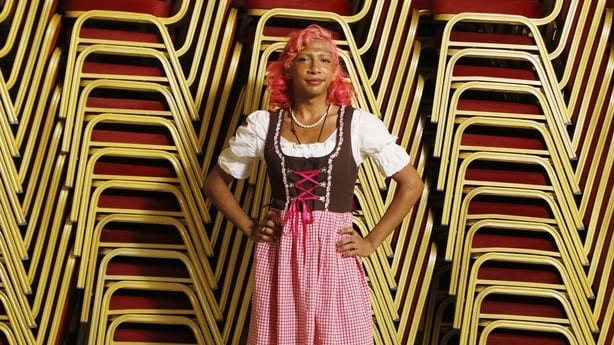
These artists present a prism of viewpoints into our contemporary topography. Some manifest works of socially conscious art activism, commenting on how communal exchange and non-capitalist strategies may be the way to address the collapse of rural systems of food production, or the environmental impacts of the Anthropocene; or clothing mountains, reinvented as tongue-in-cheek visual slapstick, a seductive series of sculptures that lure you in and sucker punch you simultaneously. Others address ableism, deconstructing the very act of you, the viewer, engaging in the work, while presenting a poignant way in which we can consider the lens as an extended optical nerve, or challenging body dysmorphia and non-heteronormative ways-of-being, with works that are like a breath of fresh air, questioning the ways that have traditionally oppressed.
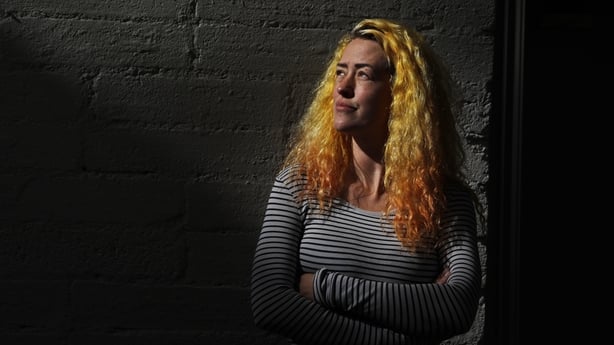
Some artists consider the way the body encounters the work, for instance via smell, the most vital somatic route for activating suppressed memory, the artist here considering the wondrously rich philosophical poetry of Gaston Bachelard’s Poetics of Space, and how smell can create an intimate architecture and open portals to worlds and forgotten echoes.
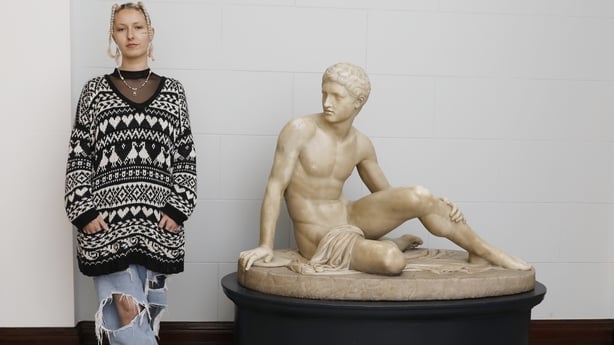
The body is presented through sensitive self portraits, some of figures of contemporary and historic imperial oppressors plaited with the self, an examination of values and the complexity of living in this world where empires still affect our day to day lives, casting dark shadows from a glass darkly.
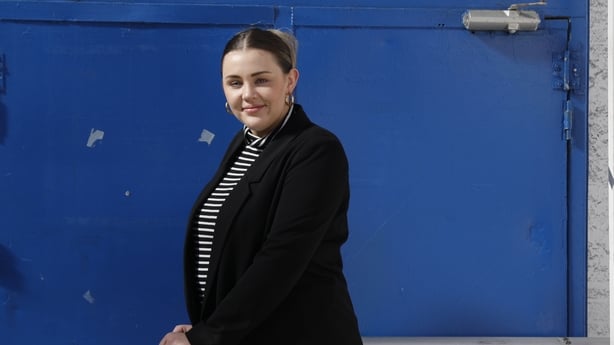
The self is manifested in beautiful and at times melancholic forms, delicate objects built out of pushed steel around a figure, three dimensional drawings of the queer body; or the body again presented as a shattering and reforming facial vestige, or a slumping form questioning the cognitive dissonance that we have with our own bodies. Some work is created in collaboration with non-art communities, enfranchising groups of people to co-author an art piece and inviting you, the viewer, to engage with the work physically, while simultaneously being a protagonist in its activation.
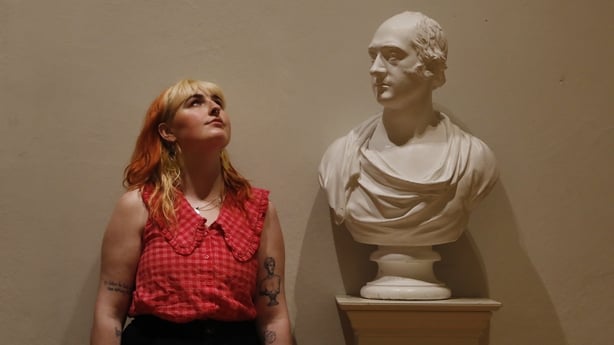
The RDS historically has be the site of high art, briefly revealed and presented to a curious public. In the collective act of manifesting a unique and celebrated visual awards show, we have manifested an unusual apparition. We invite you to be our wayfarer on this very brief moment of pilgrimage. For these artists too have come from the four corners of the country and beyond, they too are pilgrims. The RDS, the Artists, the adjudication panel and I the curator invite you to embark on a pilgrimage to absorb unique ideas and contemplations on what it is to be an artist. Come see our future of Irish Art and engage with this unique language of visual culture. You will be lured in, seduced and possibly repelled, but your world will be reflected back at you and for a moment you will be at one with the work, the artist, and the ideas of contemporary world; and who knows, perhaps we may find a cure for these contemporary ails together.
The 2022 RDS Visual Arts Awards Exhibition runs at the RDS Concert Hall from 21st – 29th October – find out more here.
ends/

